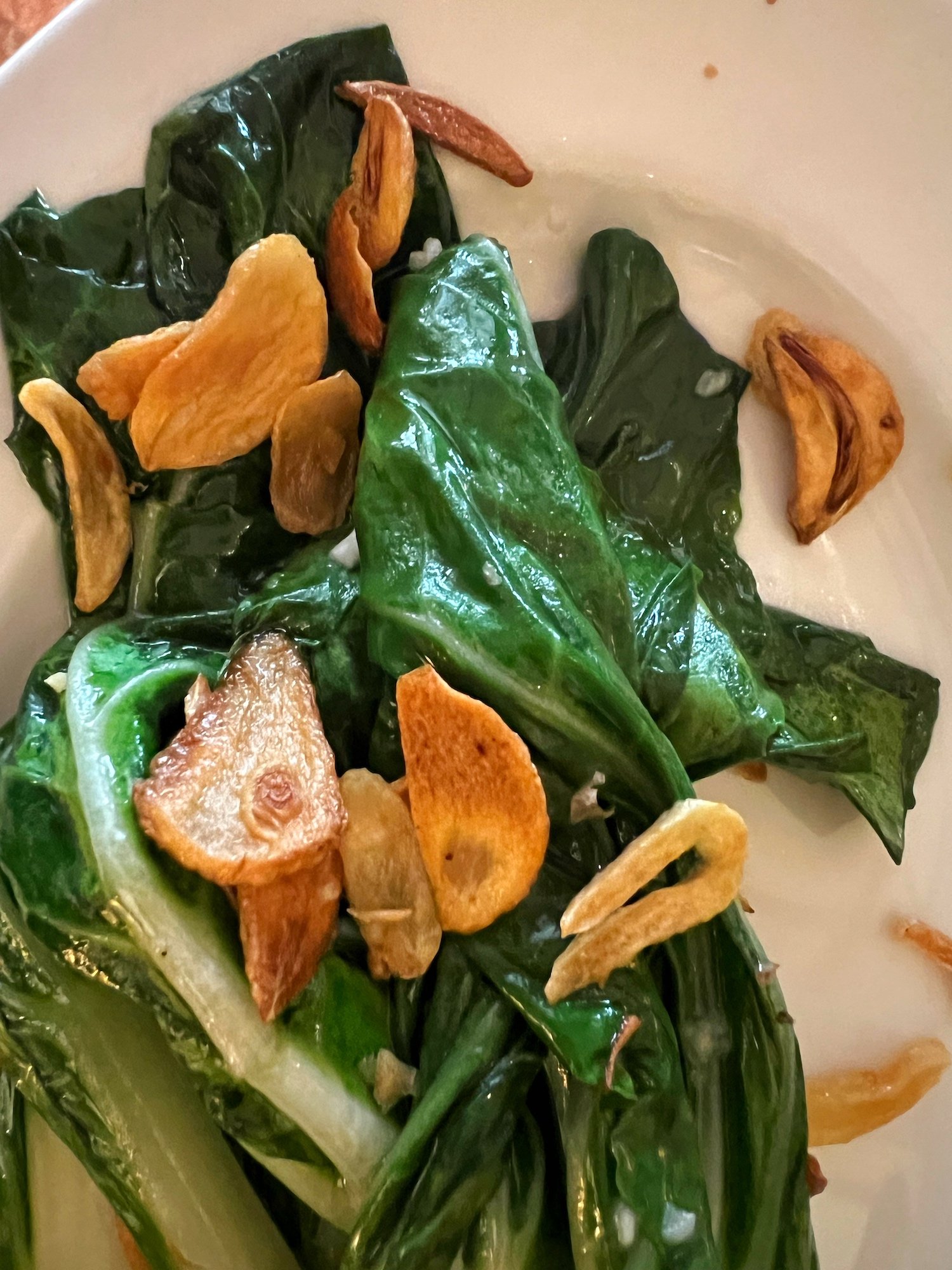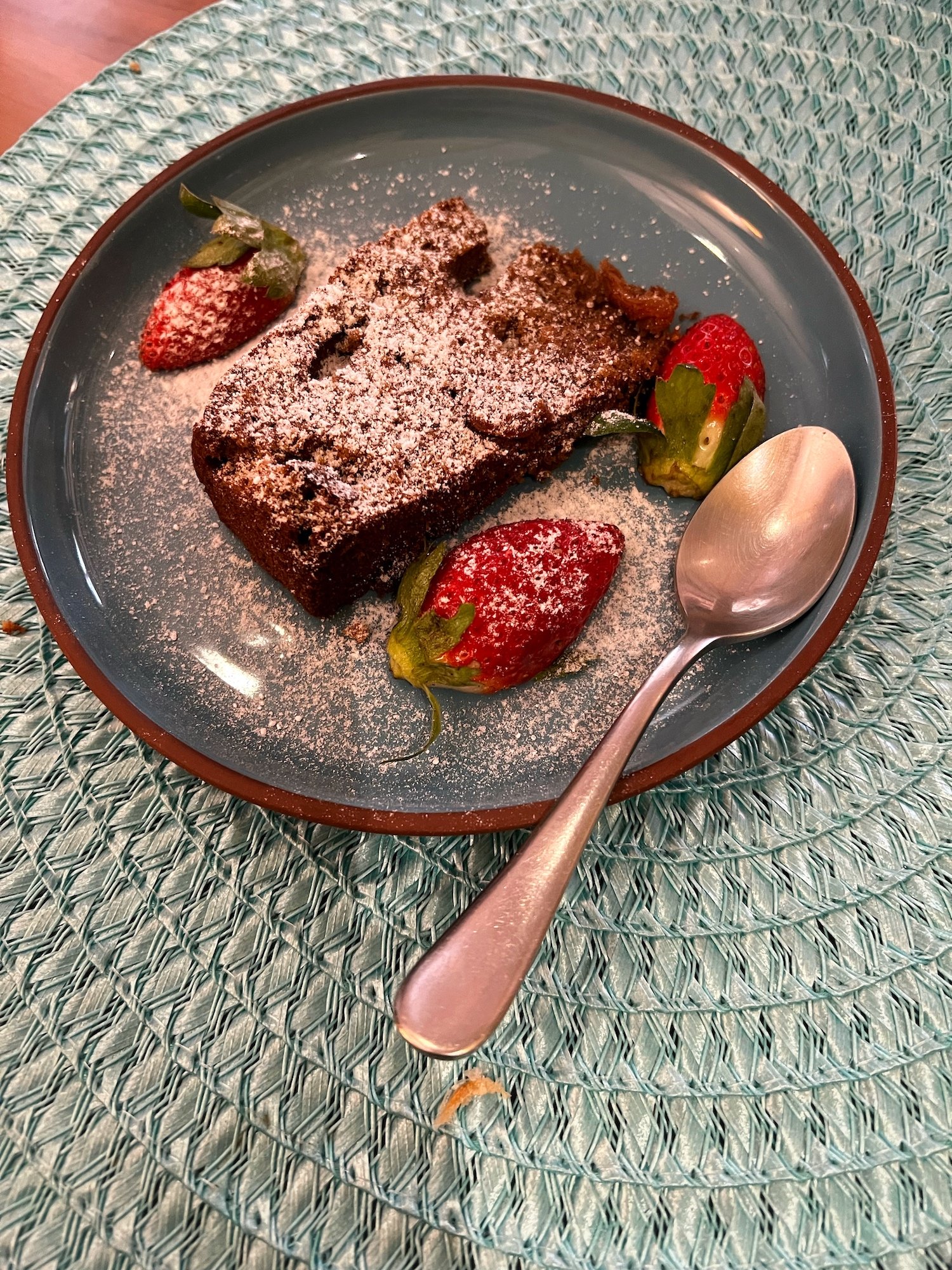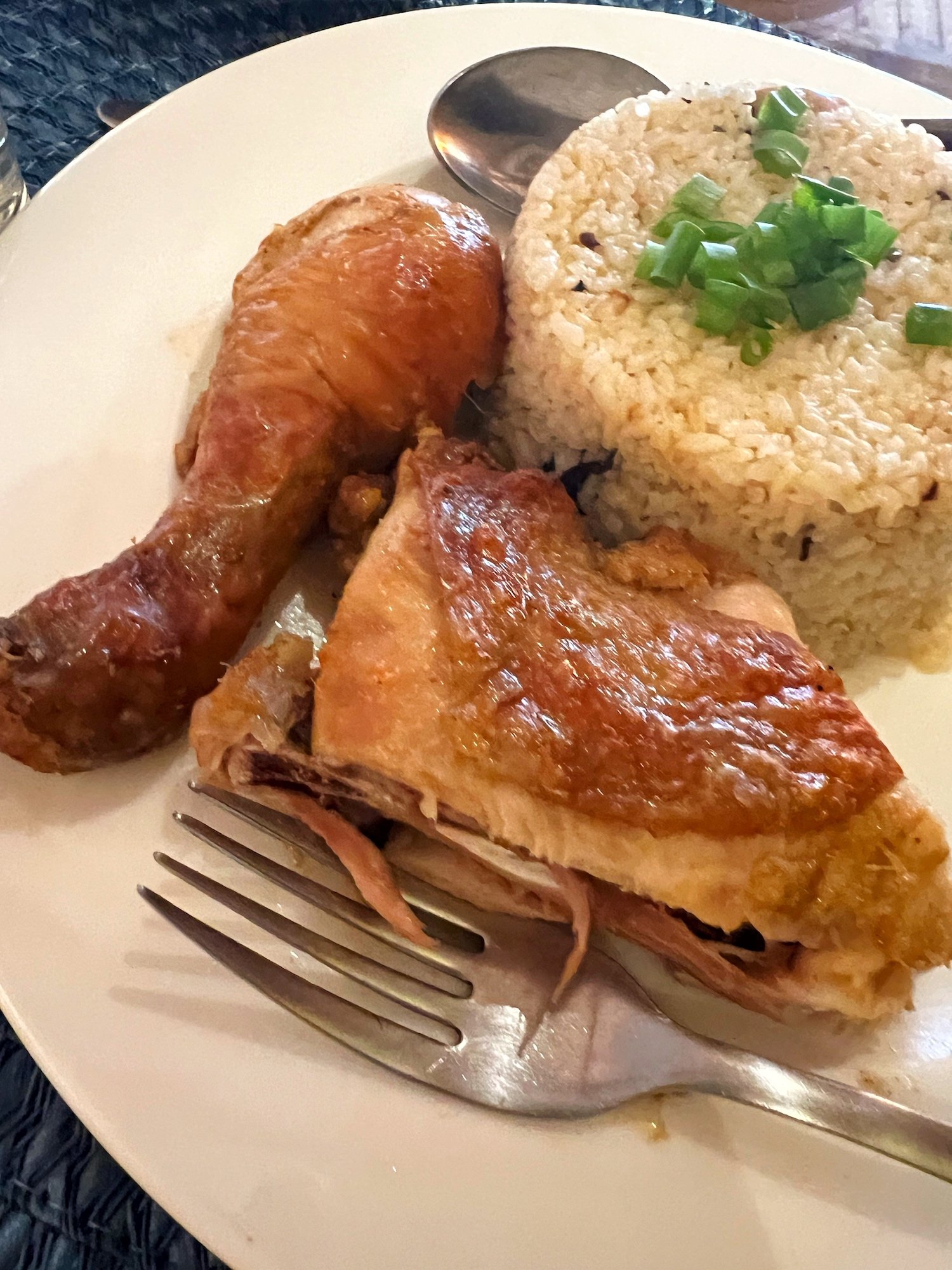A Christmas Reckoning

Janice Pariat writes about her favourite time of year, acknowledging its complicated colonial context. Anglo-centric Christmas traditions in Shillong are happily, almost unconsciously, entangled with the local, especially when it comes to food.
My favourite memory is a tree. A circle of light. A lit fire. Oranges. Wrapped presents. Stockings. Glistening tinsel. Endless carols. A star outside burning bright. And while Christmas is still my favourite time of year, it is only now that I’m beginning to reckon with how complicated a festival it is here at home in the Khasi Hills of Meghalaya. Meghalaya is a Christian majority state, but it came to be so after a century of fervent British missionary activity that began in the mid-1800s. And conversion came at a cost—all that was local and traditional was deemed “heathen”; Khasi music was banned as were Khasi festivals to celebrate sowing and harvest and the seasons. Even after the departure of the British, my father tells me that when they were young, they were forbidden, by their Christian converted elders, to attend Khasi festivals. Despite some shifts, and a resurgence in people’s interest in the indigenous, the divide sadly still largely lives on.
Why is this history important?
Because I felt it would be untruthful of me to write a piece on Christmas without acknowledging this complicated colonial context. This realization also allows me to appreciate how our Christmas traditions at home, Anglo-centric though they may be, are happily, almost unconsciously, entangled with the local. Especially when it comes to food.
Winter greens gently pan-tossed with slivers of garlic
Fresh local herbs platter, with mint, wild dhania, and chives.
To begin with, Christmas for my family centres around the tree—pine tree branches at first that we would faithfully repot after the season was over, and then we graduated, a decade ago, to an artificial tree that could be pulled apart and put together, stored in a box for the rest of the year. We put up Christmas cards (though their numbers, in this digital age, diminish every season), we set the Nativity scene, refresh the holly, bring out the special Christmas candles from storage, collect pinecones and paint them silver, string up the lights praying they’ll turn on, and wear our silly Santa hats. From the kitchen, the smell of baking. Gingerbread cookies in the shape of bells and stars and gingerbread men, spiced with local Sohra cinnamon. The egg nog brews, gently, carefully watched so the mixture stays smooth. Later, when it’s thickened and cooled, it will be enhanced with a splash of rum. Also mulled wine simmered with apples, oranges, cloves, star anise. The cake? The cake is mum’s secret recipe. The one where if you ask her for it, she’ll say, “You need to come home to eat it.” It’s an old recipe, snipped out as a newspaper clipping from decades ago. But it is downright delicious—the dough filled with dried and candied fruit and nuts and soaked in rum and brandy for months. It will keep, she says proudly, for years. And it does. Mum will also, with few to no shortcuts, roast a whole leg of ham, painstakingly, in a pot on the stove, over days. The salted beef, sharp and lemony on our tongue, also takes as long, if not longer. But this is all the “anglo” food that’s prepared for our Christmas celebrations. Our lunch usually swerves off firmly into Khasi territory. Pork with black sesame. Chicken with Sohra pepper. Jadoh, rice cooked with meat broth, or ja stem, rice cooked with ginger and turmeric, or an extra special ja sla pathaw, rice cooked with pumpkin leaves. Sometimes, from the Garo Hills, sweet seasonal pumpkin with smoked pork, seasoned only with garlic and dry red chillies. A banana flower chutney as a side. A simple salad of chopped tomatoes, cucumber, onion leaves, flavoured with raw mustard oil. It makes me happy to think of this syncretic energy on our table—indigenous food at a Christian festival.
A decadent, fudgy chocolate slice with strawberries
Bastenga beans
Rustic roast chicken with herbed rice.
Since last year, though, a small new tradition has sprung up in our family, and perhaps it will stay for a while before we revert to cooking in our kitchen again. Don’t worry, we still always bake the gingerbread and cake, and brew the egg nog and mull the wine, but last December, we gathered for lunch at a special place in town called Rynsan, set within an old Assam-style Shillong home, with décor and a menu that focuses on the indigenous and home-grown, from platters of seasonal herbs to local wines and spicy local chutneys. It’s a beautiful melding of home and away. Our lunch began with a fresh palette cleanser, steaming cream of broccoli and pumpkin soup, and then mains of rustic fried chicken with citrusy local greens, crispy pork belly and bastenga beans, lemongrass roast chicken with local herb rice and much more. The dessert emerged at the end as a simple yet decadent chocolate and strawberry delight. We enjoyed it so much that we’re thinking of booking ourselves a Christmas lunch at Rynsan once again this year. This way we come home for coffee and mum’s cake, and then spend the evening by the fire, playing board games, knitting, or reading Agatha Christie with no washing up to worry about! But beyond that, this little Christmas outing has served to remind me that tradition, rather than being a calcified, un-changing thing, can also be pliable. It can shape-shift, retaining certain certainties, absorbing new ones, making way, when it needs to, for change, evolving as the community also changes. How much richer to acknowledge the way cultures intertwine, on the table and off it. At Christmas, and also the rest of the year. In this way, we make space, for the festivals of every season, with food that nourishes both our bodies and our souls. Krismas basuk, as we say here in Khasi. A peaceful Christmas to all.
Janice Pariat is an author and storyteller. Her latest book, Everything the Light Touches, (winner of the 2023 AutHer Award for Fiction & Longlisted for the 2023 JCB Prize), is available here.
ALSO ON GOYA













